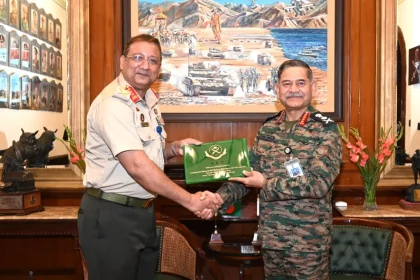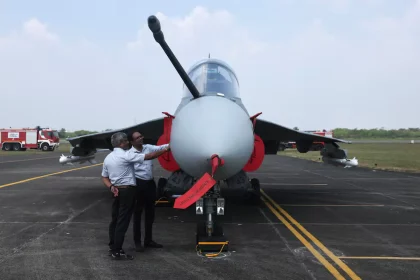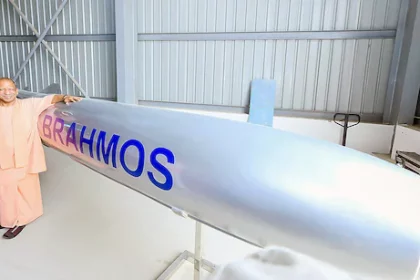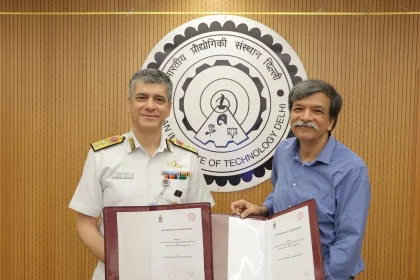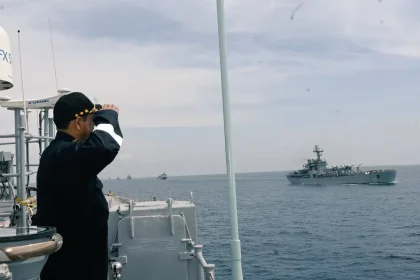General Upendra Dwivedi, Bangladesh Army’s Lt Gen Mainur Rahman Discuss Strengthening Defence Ties at UNTCC 2025
General Upendra Dwivedi and Lt Gen Md Mainur Rahman reaffirm commitment to defence cooperation, UN peacekeeping coordination, and regional stability.
India To Invest $7.4 Billion in Fighter Jet Engine Programs by 2035 to Boost Indigenous Aerospace Capability
India’s $7.4 billion investment in fighter jet engines strengthens indigenous aerospace capabilities and paves the way for self-reliant defence manufacturing.
First Batch of BrahMos Missiles from Lucknow Facility Ready for Flag-Off
Lucknow’s BrahMos missile facility strengthens India’s strategic autonomy and boosts indigenous defence production under the Make in India initiative.
Indian Navy Signs MoU with IIT Delhi to Enhance Crew-Centred Warship Design
IIT Delhi and Indian Navy collaborate to improve safety, comfort, and operational efficiency onboard warships through crew-centric design innovations.
Vice Admiral V. Srinivas Reviews Operational Readiness of Southern Naval Command Ships During ‘Day at Sea’
FOCINC(South) Vice Admiral V. Srinivas lauds Southern Naval Command crews for their operational excellence during high-tempo maritime exercises off Kochi.
Rear Admiral Deepak Singhal Assumes Charge as Chief Staff Officer (Training) at Southern Naval Command
Rear Admiral Deepak Singhal, VSM assumed charge as the Chief Staff Officer (Training) at Southern Naval Command (SNC) on October…

